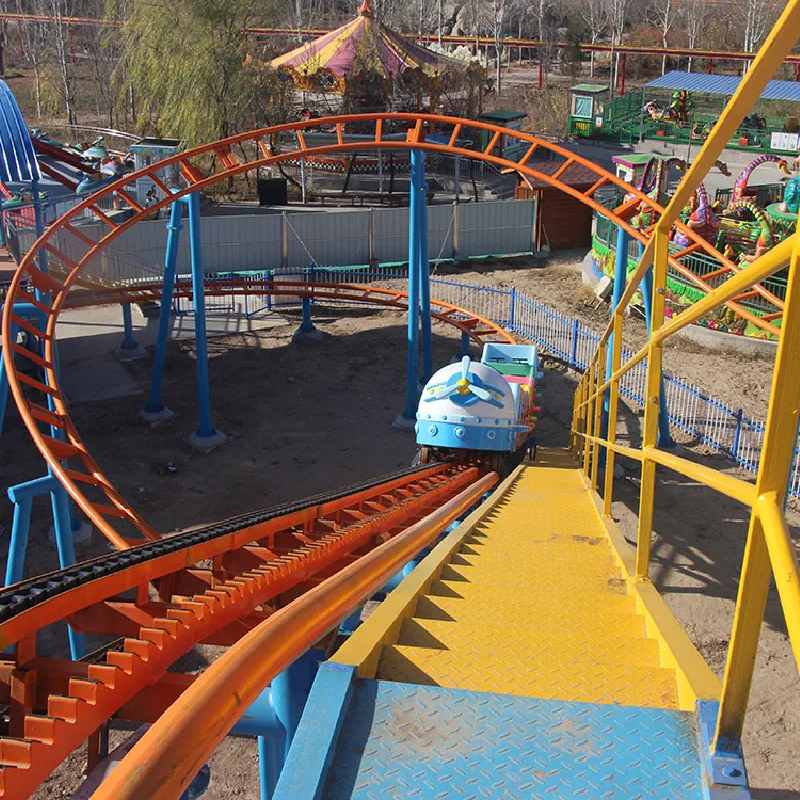- Albanian
- Arabic
- Belarusian
- Bengali
- Czech
- English
- French
- German
- Hebrew
- Hungarian
- Indonesian
- irish
- Italian
- Japanese
- kazakh
- Persian
- Russian
- Thai
- Uzbek
- Vietnamese
Exploring the Intersection of Cinema and Virtual Reality Technologies in Modern Filmmaking
The Cinematic Revolution Exploring Virtual Reality in Film
The world of cinema has always sought innovative ways to captivate and engage audiences, and as technology continues to advance, virtual reality (VR) is emerging as a groundbreaking medium in storytelling. This shift towards VR not only transforms how stories are told but also enhances the viewer's experience in ways that were previously unimaginable. As we delve into the burgeoning intersection of cinema and virtual reality, it becomes evident that this combination holds the potential to redefine our understanding of film and engagement.
At its core, virtual reality immerses viewers in a 360-degree environment, allowing them to step inside the narrative and interact with the story world in real-time. Unlike traditional cinema, where the audience is a passive observer, VR empowers viewers to actively engage with the story, fostering a deeper emotional connection and investment with the characters and plot. This level of immersion makes VR a unique storytelling medium, offering experiences that can elicit visceral responses and create lasting memories.
One of the most notable aspects of VR in cinema is its potential to create highly personalized experiences. Filmmakers are beginning to explore the concept of branching narratives, where viewers can influence the direction of the story through their choices. This interactive storytelling format not only enhances engagement but also allows for a more individualized experience. Each viewer can perceive the narrative differently, creating an array of perspectives and interpretations that extend beyond the traditional linear storytelling format.
Numerous projects have exemplified the potential of VR in film. Short films like Henry, produced by Oculus Story Studio, showcase how VR can foster empathy through immersive storytelling. In Henry, viewers step into the shoes of a lonely hedgehog, evoking a profound emotional response that is difficult to achieve in conventional film. Similarly, The Invisible Man and “No Man's Sky” have adopted VR elements to engage with audiences dynamically, prioritizing interactivity and ensuring that every session feels distinct and personal.
cinema virtual reality

Moreover, the ability to convey complex narratives through VR can radically enhance genres traditionally known for their immersive qualities, such as horror and fantasy. In VR horror experiences like “The Walking Dead Saints & Sinners,” viewers find themselves surrounded by the terrifying world of zombies, experiencing fear on unprecedented levels. The interactivity allows audiences to make choices about how they react to threats, resulting in tension that can vary dramatically from one viewer to another. Such emotional intensity is often diluted in typical cinematic experiences due to the passive nature of viewing.
Despite the promising horizon of VR in cinema, it is essential to address the challenges that filmmakers and creators face in this new frontier. The technology is still relatively young, and with it comes a learning curve in terms of both storytelling and technical execution. Filmmakers are tasked with crafting narratives that accommodate the immersive and interactive nature of VR while still maintaining coherence and emotional depth. Furthermore, the high costs associated with VR hardware and production can pose a barrier to widespread adoption.
As audiences become increasingly interested in VR, cinema is poised for a transformative era. Major film studios have begun investing in VR projects, showcasing a commitment to exploring this medium's full potential. Festivals dedicated to VR films continue to emerge, revealing burgeoning talent and creativity in the realm of virtual storytelling. This rapid growth indicates a burgeoning recognition that VR could serve as a remarkable tool for artistic expression in the cinematic arts.
In conclusion, the integration of virtual reality into cinema stands at the precipice of a new evolution in storytelling. This innovative medium creates opportunities for immersive experiences that engage audiences on personal and emotional levels previously thought unattainable. As filmmakers navigate the challenges and possibilities of VR, the future of cinema awaits with the promise of new narratives, interactive experiences, and profound connections between the story and the viewer. In embracing both the artistry of film and the technological marvels of virtual reality, we are witnessing the dawn of a new era in entertainment that is set to reshape our cultural landscape for generations to come.
-
Flume Ride-Hebei Zhipao Amusement Equipment Manufacturing Co., Ltd.|Thrilling Water Attraction&Customizable DesignJul.30,2025
-
Flume Ride - Hebei Zhipao Amusement Equipment | Water Coaster, Thrilling DescentJul.30,2025
-
Flume Ride - Hebei Zhipao | Thrilling Water AttractionJul.30,2025
-
Flume Ride: Thrilling Water Attraction by Hebei Zhipao|Log Flume Manufacturers&Flume Ride DesignJul.30,2025
-
Flume Ride-Hebei Zhipao Amusement Equipment Manufacturing Co., Ltd.|Thrilling Water Coaster, Safe DesignJul.30,2025
-
Flume Ride-Hebei Zhipao Amusement Equipment Manufacturing Co., Ltd.|Thrilling Water Attraction, Safe DesignJul.30,2025
